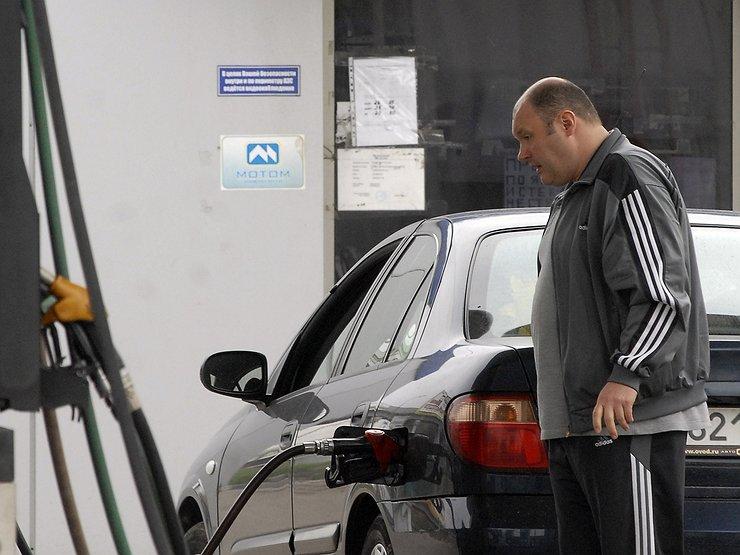
Why it is strictly forbidden to allow even drops of gasoline to get on the car body
The untidiness and carelessness of drivers at gas stations entail a lot of problems - torn-off filling nozzles, bumpers-doors beaten against limiters and, of course, fires. However, most motorists still try to be collected at gas stations. However, controlling obvious threats, drivers forget about the troubles of delayed action. For example, about fuel accidentally spilled on the wing. What this leads to, our portal "AvtoVzglyad" found out.
Not out of malice, but by chance, drivers themselves or gas station workers often spill fuel residues into the niche where the gas tank filler is located or onto the rear fender. And it’s good if the smudges were immediately removed with a rag or washed off. But what will happen if laziness and Russian maybe prevail in the character of the driver or tanker, and they left a stain until the next wash?
Gasoline, like many petroleum products, is a good solvent. Experienced drivers in the old fashioned way use it as a handwash, dissolve bituminous and oil stains, as well as paint. It is in these properties that the danger lies for the paintwork of the car, which, with prolonged exposure to gasoline, loses the protective layer of varnish.
As a result, a noticeable spot remains in the place of the strait. In the future, for the gas tank hatch, which is already damaged and scratched due to misses with a filling nozzle, this can threaten with early corrosion. And for the wing - a change in color, at least.

The solution to the problem can only be self-control and close attention to the actions of gas station employees. If you or the tanker spilled fuel on the fender, you should drive the car to a car wash and thoroughly rinse the gas tank hatch and fender with water and detergent. If the tanker is to blame for the incident, then it is worth entrusting the elimination of the consequences to him and his wallet. True, you do not need to let the process take its course - the tanker can cheat, or even scratch the car. At the end of the work, it is necessary to wipe the place of the liquidated strait with a dry cloth.
If the stain is old, then it is necessary to eliminate it with repeated application of foam, and sometimes through auto chemicals. However, if the stain remains, then it is worth resorting to heavy artillery in the form of a weak solvent, acetone, or a means to remove bituminous stains. The solvent should be applied to a clean rag, and then, without pressure, wipe the place of contamination. If you press harder, you can remove a layer of protective varnish, which was already damaged.
In more severe cases - when the stain has lasted on the surface of the paintwork for a couple of weeks, the same washing will help, but also high-quality polishing. However, even it does not guarantee complete disposal of the old stain, which is especially noticeable on light-colored cars.

